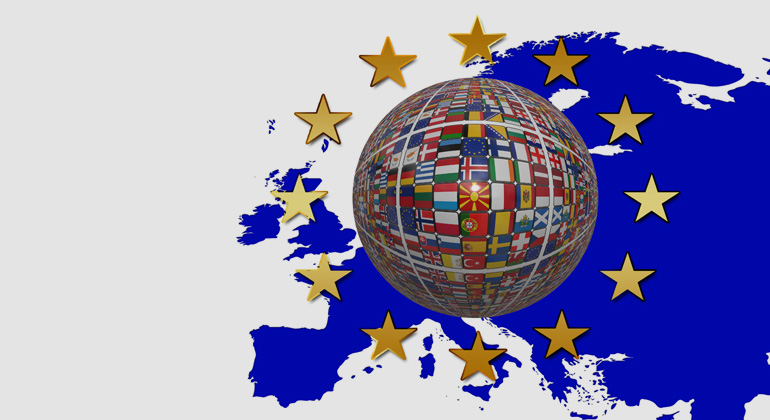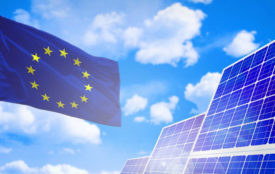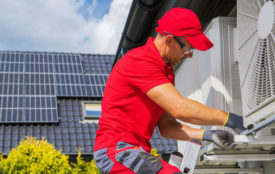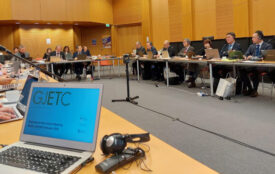EU to aim for 100% emission cuts in new ‘mid-century roadmap’
The European Commission is preparing an update of its low-carbon economy roadmap for 2050, acknowledging that the bloc’s current target of cutting greenhouse gas emissions at least 80% by mid-century are insufficient, EURACTIV.com has learned.
With the 2019 European elections approaching, the Juncker Commission is stepping up preparatory work to lay down its legacy for the next EU executive.
Less than a year after it tabled a landmark package of clean energy laws, which is still making its way through the EU institutions, officials are now busy preparing the next document that will shape the bloc’s energy and climate policies for the years to come.
“Meeting the Paris goal of keeping climate change well below 2°C – and aiming for no more than 1.5°C – requires bold action, including reaching climate neutrality this century,” said a source involved in the update of the EU’s 2050 low-carbon economy roadmap.
“This is about much more than meeting quantitative targets,” the source told EURACTIV on condition of anonymity. “Achieving our long-term goals means putting in place today the enabling conditions for the transformation to a low-carbon society and avoiding a lock-in to the status quo.”
Several energy industry sources who met in recent weeks with Miguel Arias Cañete, the European Commissioner for climate action and energy, confirmed that the EU executive was preparing to launch a public consultation with a view to updating its low-carbon economy roadmap in 2018.
Jill Duggan, Director of The Prince of Wales’ Corporate Leaders Group, said: “News that the EU is setting its sights on achieving zero emissions by 2050 is very welcome. The science tells us this is necessary and it’s imperative that politicians respond by putting policies in place that give businesses the certainty they need to invest and adapt.”
First published in 2011, the 2050 low-carbon economy roadmap laid the foundations for the EU’s climate and energy policy in the years ahead, charting a path towards a reduction of at least 80% in the bloc’s emissions by mid-century, in line with international commitments.
The roadmap does not impose legally-binding objectives on EU member states. But it did set the direction when the time eventually came to adopt hard legislation.
For instance, it translated into an EU-wide target of cutting domestic emissions by at least 40% by 2030, an objective endorsed by EU heads of states and governments ahead of the UN conference on climate change in Paris. The objective has since been cast in stone as part of the EU’s nationally determined contribution to the Paris Agreement.
“Time to build on this legacy”
The 2050 low-carbon economy roadmap “was a major undertaking back in 2011 and put the EU ahead of the game when it comes to long-term planning,” said the source involved in updating the document.
“But we also know that now is the time to build on this legacy,” the source added.
The Intergovernmental Panel on Climate Change (IPCC) recommends that developed countries as a group reduce emissions by 80-95% by 2050 in order to keep global warming below 2°C, an objective that appears in the EU’s low-carbon economy roadmap.
However, this may soon appear insufficient. Read more








